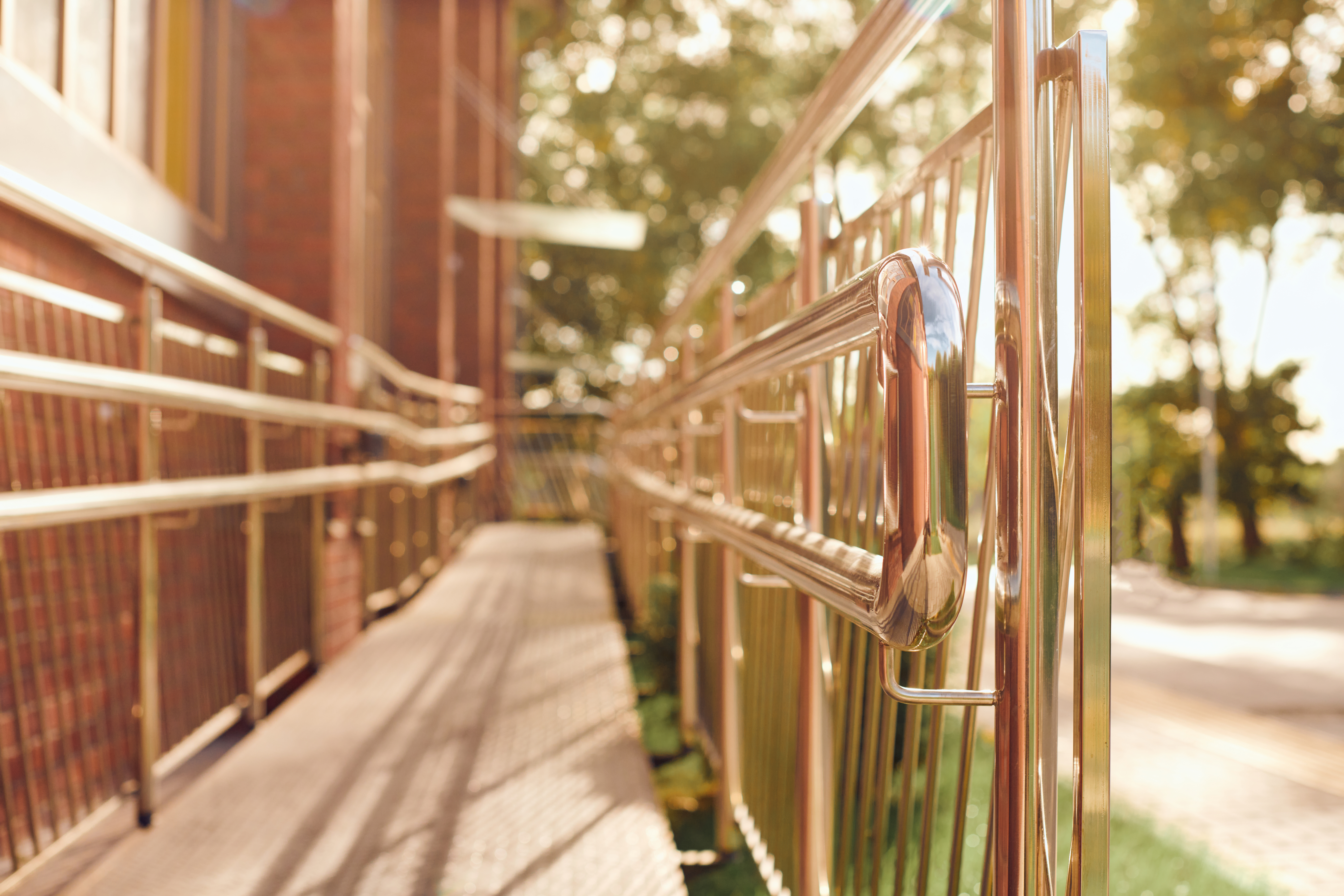Tips for Choosing the Right Cable Railing Solution for Your Deck or Patio
Modern outdoor spaces are no longer just about utility; they’ve become extensions of the home’s interior, demanding equal attention to design and detail. An important aspect of any deck or patio is the railing system, which ensures safety and defines the space’s aesthetic. With their sleek lines and minimalist appeal, cable railings are becoming increasingly popular. Below, we explore the key factors to help you select the perfect cable railing for your outdoor sanctuary.
Choosing the Right Materials for Longevity

Material selection is at the heart of both the longevity and the aesthetic appeal of your cable railing system. Stainless steel cables are a top choice due to their durability and resistance to corrosion, which is especially important in coastal environments. The finish of the steel, whether brushed or polished, can also contribute to the desired look and feel of your outdoor space.
Beyond the cables, the posts and handrails supporting the system also need careful selection. Materials like aluminum, steel, and wood offer distinct advantages and visual styles. Aluminum posts paired with stainless steel cables can provide a modern, industrial look while requiring minimal upkeep. Conversely, wood can offer warmth and natural beauty but may necessitate more frequent maintenance.
For homeowners who prioritize quality and reliability, it’s wise to utilize Cable Railing Solutions by INSO Supply. When considering suppliers, explore the range of materials they offer and assess their compatibility with your design vision. Proper material selection ensures your railing system remains durable and attractive for years.
Local Building Codes and Safety Standards
Compliance with local building codes and safety standards is paramount when installing a cable railing system. These regulations are designed to protect residents and visitors by ensuring the structural integrity of the railings. Commence your project by familiarizing yourself with the specific requirements in your area, which can vary widely between municipalities. Height regulations, railing load capacity, and spacing between cables are common aspects to scrutinize.
It’s imperative to consult with a local building inspector or a professional installer early in the planning process. They can provide valuable insight into the necessary specifications for your cable railing to pass inspection. Skipping this step can lead to costly modifications or complete overhauls if your installation fails to meet the code.
Assessing Your Deck or Patio Design for Cable Railing Compatibility

Decks and patios come in various shapes and sizes, making railing systems pivotal to the overall design integrity. Cable railings offer a contemporary look that complements traditional and modern aesthetics. It’s essential to evaluate the structure of your outdoor space and determine how cable railings can enhance its architectural features. For example, a deck with expansive vistas may benefit from the hidden nature of cable railings that preserve the view.
Another consideration is the existing design elements and materials of your outdoor space. Wood, metal, and composite decking materials each have unique characteristics that can affect the visual cohesion of cable railings. Consider color, texture, and form when envisioning how cable railings integrate with a dock or patio. This harmony between materials and design is essential for creating a cohesive outdoor environment.
The orientation of the cable lines also plays a role in the functionality of your space. Horizontal cable railings offer a clean, modern look but may not be suitable for households with small children or pets due to climbability concerns. On the other hand, vertical cable railings may provide a safer option while allowing for uninterrupted views. Assessing your needs can help determine the most appropriate orientation for your railing.
Considering Maintenance Requirements for Different Cable Railing Systems
Maintenance is critical when deciding on a cable railing system for your deck or patio. The allure of cable railings is often their minimalist upkeep, but it’s essential to understand the specific care each type of material and design may require. Stainless steel cable systems, for example, can maintain their appearance with occasional cleaning and tension adjustments.
Regular inspections are crucial for ensuring the integrity of your cable railing system. Over time, cables can stretch and become loose, affecting safety and aesthetics. Establishing a maintenance schedule that includes checking for wear, ensuring proper tension, and cleaning the components will help keep your railing system in prime condition.
Altogether, selecting the correct cable railing solution requires careful consideration of your deck’s design, adherence to local building codes, material longevity, and maintenance needs. With careful planning and informed choices, you can enhance your outdoor living space with a cable railing system that provides safety and style for years.

